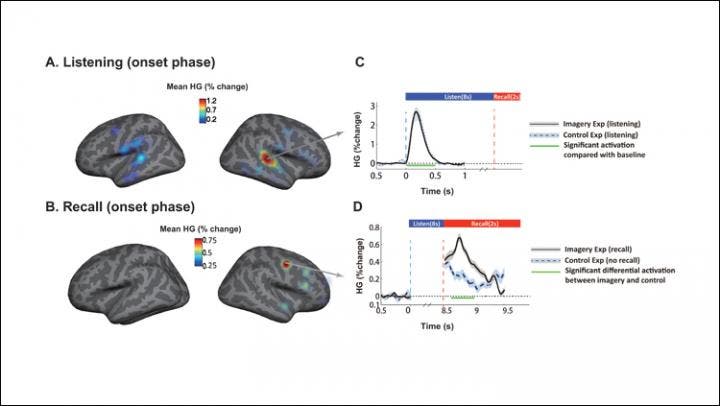Music has a tremendous effect on the brain. We know from studies that music can change the way we perceive time, reduce seizures, make you a better communicator, boost the immune system, evoke memories, assist in repairing brain damage, and even help Parkinson’s and Alzheimer’s patients cope with their disorders.
In a new study involving male and female epilepsy patients, researchers have uncovered new insights about how music interacts with different cognitive processes.

Previously, researchers determined that music activates various brain regions, primarily on the right side. Now, writing in the journal JNeurosci, Ding et al. have recorded electrical activity directly from the surface of the brain via electrodes while participants were listening to famous pieces of music.
Some of the tracks included Beethoven’s “Für Elise” and Richard Wagner’s “Wedding March.”
When they listened to the music and then continued playing the melody in one’s head, the participants activated a network of overlapping brain regions.
What was interesting was that the musical content traveled in opposite directions during these two processes: from sensory to frontal regions during listening and from frontal and sensory regions during the recall.
This is just the latest in a string of studies showing the complex interplay between music and the brain. For instance, we now know that a variety of networks in the brain, including areas responsible for motor actions, emotions, and creativity, are activated when listening to music.









